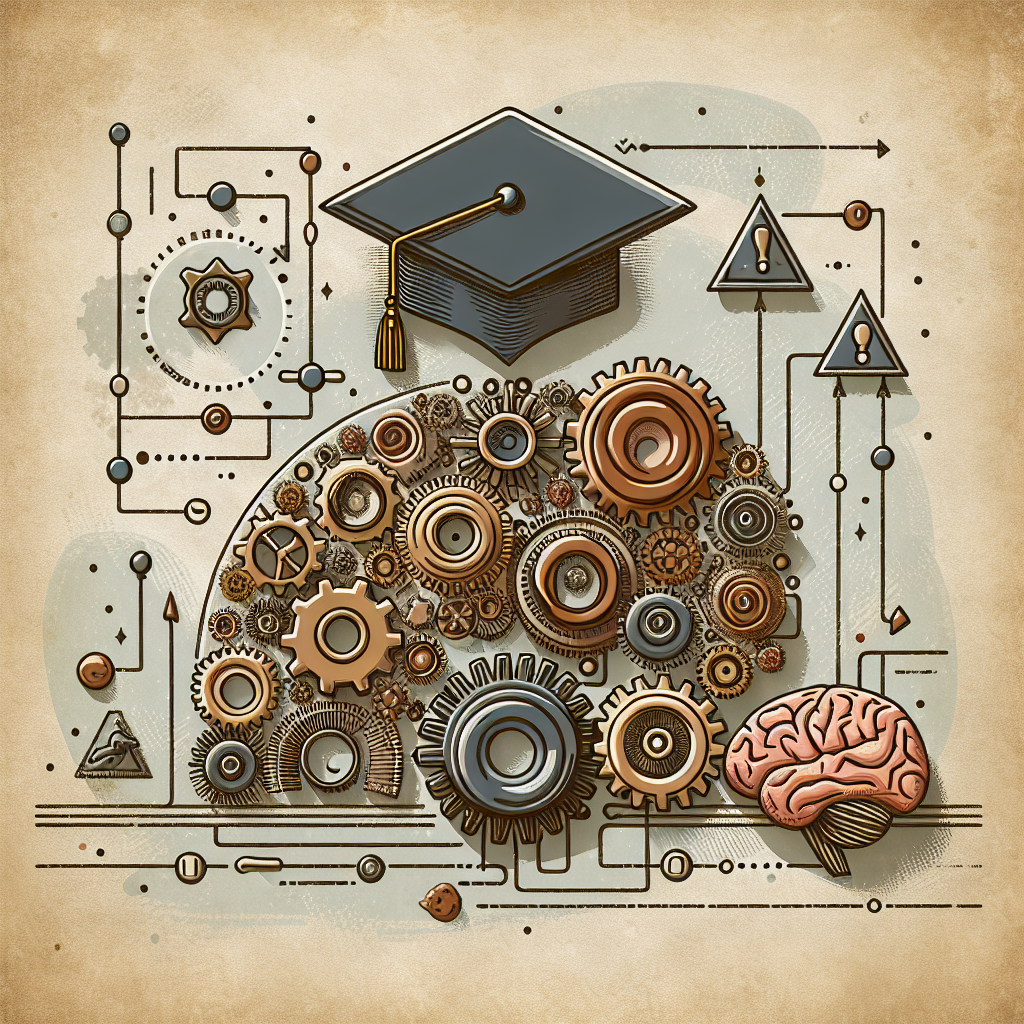Natural Language Processing (NLP) is a branch of artificial intelligence that focuses on the interaction between computers and humans using natural language. NLP technologies enable computers to understand, interpret, and generate human language in a way that is valuable for a wide range of applications, including education. In recent years, NLP has been increasingly used in the education sector to improve the learning experience for students and teachers alike. In this article, we will explore the benefits of NLP in education and how it is transforming the way we teach and learn.
One of the key benefits of NLP in education is its ability to personalize and adapt learning experiences to meet the needs of individual students. By analyzing and interpreting natural language data, NLP algorithms can identify the strengths and weaknesses of each student and provide personalized recommendations for learning materials, exercises, and assessments. This level of personalization can help students learn at their own pace, focus on areas where they need the most help, and ultimately achieve better academic outcomes.
Another benefit of NLP in education is its ability to facilitate communication and collaboration between students and teachers. NLP technologies can be used to analyze and interpret students’ written or spoken responses, providing instant feedback on their understanding of the material. This feedback can help teachers identify areas where students are struggling and provide additional support or resources to help them succeed. Additionally, NLP can be used to facilitate communication between students and teachers, allowing for more efficient and effective interactions both inside and outside the classroom.
NLP can also be used to enhance the accessibility of educational materials for students with disabilities. By using NLP technologies to convert written text into speech or vice versa, students with visual impairments or reading difficulties can access educational materials in a format that is more suitable for their needs. This can help to level the playing field for all students and ensure that everyone has equal access to quality education.
Furthermore, NLP can be used to automate administrative tasks in education, such as grading assignments, scheduling classes, and managing student records. By automating these tasks, teachers and administrators can save time and focus on more important aspects of their work, such as designing engaging lesson plans and providing individualized support to students. This can lead to more efficient and effective educational systems that benefit both students and educators.
In addition to these benefits, NLP can also be used to analyze and interpret large amounts of educational data, such as textbooks, research papers, and student essays. By extracting key insights from this data, educators can gain a deeper understanding of student learning patterns, identify trends and patterns in educational materials, and make data-driven decisions to improve teaching and learning outcomes. This can lead to more effective instructional strategies, better learning outcomes for students, and ultimately, a more successful education system.
Overall, the benefits of NLP in education are numerous and wide-ranging. By leveraging the power of natural language processing technologies, educators can personalize learning experiences, facilitate communication and collaboration, enhance accessibility, automate administrative tasks, and analyze educational data to improve teaching and learning outcomes. As NLP continues to advance and evolve, its potential to transform the education sector is immense, and its impact on students and teachers alike is likely to be profound.
FAQs:
Q: How does NLP personalize learning experiences for students?
A: NLP analyzes and interprets natural language data to identify the strengths and weaknesses of individual students. Based on this analysis, NLP algorithms can provide personalized recommendations for learning materials, exercises, and assessments that are tailored to each student’s needs.
Q: How can NLP facilitate communication between students and teachers?
A: NLP technologies can analyze and interpret students’ written or spoken responses, providing instant feedback on their understanding of the material. This feedback helps teachers identify areas where students are struggling and provide additional support or resources to help them succeed. NLP can also facilitate communication between students and teachers by enabling more efficient and effective interactions both inside and outside the classroom.
Q: How does NLP enhance the accessibility of educational materials for students with disabilities?
A: NLP can convert written text into speech or vice versa, making educational materials more accessible for students with visual impairments or reading difficulties. By providing educational materials in a format that is more suitable for their needs, NLP helps to level the playing field for all students and ensure that everyone has equal access to quality education.
Q: How can NLP be used to automate administrative tasks in education?
A: NLP can automate tasks such as grading assignments, scheduling classes, and managing student records. By automating these tasks, teachers and administrators can save time and focus on more important aspects of their work, such as designing engaging lesson plans and providing individualized support to students. This leads to more efficient and effective educational systems that benefit both students and educators.

